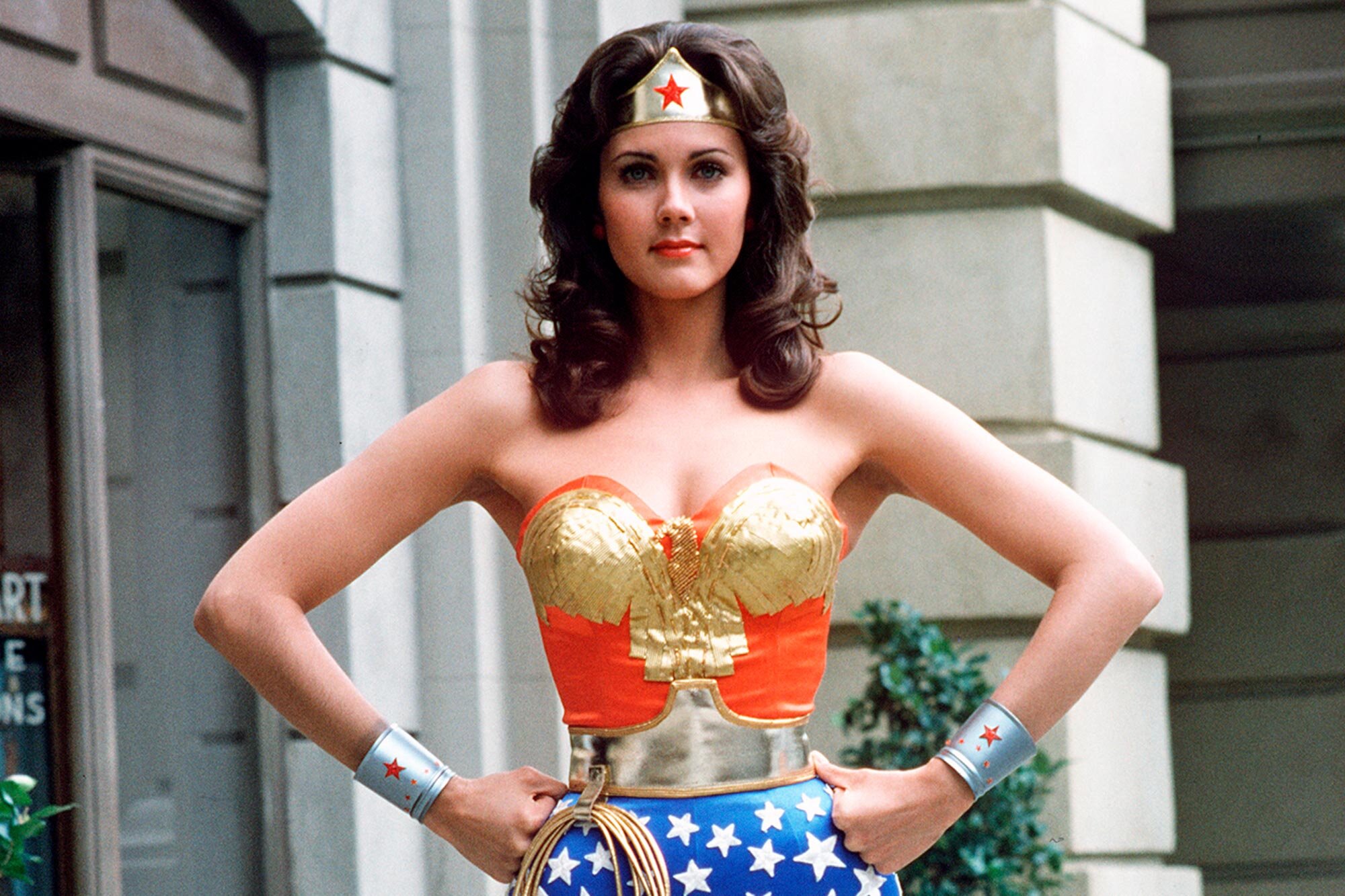Wonder Woman Stance
Wonder Woman Stance
By: Roisin McBrien
If you stand tall, chin up, shoulders back and hands firmly on your hips you are adopting the ‘Wonder Woman stance’ which supposedly tricks the body’s chemistry into making you more confident - but does it work? Roisin McBrien delves into the research and the woman who made it famous.
Amy Cuddy has been exceeding expectations her whole life. She is an American social psychologist, author and public speaker. During her undergraduate degree, Cuddy was in a car accident and suffered severe head trauma. Doctors were concerned that she would never fully regain her mental capacity and would not be able to finish her degree. Years later, Cuddy received a PhD from Princeton University and was a professor at Harvard Business School. In 2012 she became a household name after her famous TED Talk speech discussing her research on the power of body language and power posing. It was quickly dubbed "The Wonder Woman Pose" - a practice used by politicians, students, businessmen and women alike to help increase confidence and alter one's perceptions of themselves in a positive way.
Amy Cuddy's TED Talk on the power of body language reached a whopping 46 million people and became one of the most-watched talks of all time. Cuddy's empowering speech resonated with people all across the globe. Cuddy describes in her TED Talk her research into body language and its impact on our perception. She then explained how she began to study if our nonverbal body language could alter how we perceive others and ourselves. Cuddy reminisced on her days as a professor at Harvard Business School and the observations made about her MBA students. She explained how she would watch as her students entered the classroom and how she began to notice stark differences in the body language of different people. Cuddy recounted how participation counted for half of the student's grades and how she saw several confident individuals (usually males) enter her classroom, sit in the centre, taking up space and raising their hands confidently to speak. These people adopted an alpha persona, according to Cuddy, and displayed signs of being confident in their participation. The opposite was said for others (often women) who she notes collapsed in on themselves as they entered the classroom and barely raised their hand when attempting to interact in the class. This led to stark differences in grading systems due to the participation and courage of the students.
Cuddy found this discovery fascinating. Understanding that our nonverbal body language contributes to how others perceive us, Cuddy wanted to determine if the same practice impacted how we perceive ourselves. Cuddy contacted her colleague Dana Carney at Berkeley University and asked her to help research this theory. Cuddy and Carney's hypothesis was to test if a person could, in fact, "fake it till they make it", and the results were startling. Cuddy found that if a person adopted a power pose, just like Wonder Woman, that they performed exceptionally well in high-intensity interview scenarios which she had set up. She also discovered that people who placed themselves in low-power poses, such as hunching over, performed far worse in the same interview scenarios as their counterparts. People who took the power-pose stance had increased testosterone levels and reduced cortisol levels, while the exact opposite happened to those who did low-power poses. This research became world famous as Cuddy shared her findings on how power posing increases confidence and reduces feelings of anxiety and vulnerability. People began practicing Cuddy's pose daily as a route to empowerment following her narrative that our body language controls how we think and feel about ourselves and how we hold our bodies can impact our minds. In a nutshell, she claimed, by taking an assertive stance for two minutes, we can positively alter our perception of ourselves by influencing the chemical balances of testosterone and cortisol in our bodies.
But could it be that simple and is it true?
Soon after she released her research, she came under fire by fellow social scientists seeking to debunk her research as pseudo-science. In hindsight there are a few reasons as to why this happened. Cuddy made her research accessible and easy to understand by all - over simplifying and publicising widely is something academics do not generally do. Cuddy is a smart, successful and powerful woman and there is some form in knocking women who put their head too high above the parapet. Furthermore, a group of scientists attempted to replicate Cuddy's results and failed to duplicate her findings. Following the criticism many of her collaborators distanced themselves from the study.
However, Cuddy found her redemption. She did not give up, despite the abandonment of her colleagues and the backlash she faced. She released a new research paper in 2018 that confirmed that power-posing was, in fact, a scientific practice that did work. It was renamed ‘Postural Feedback’ rather than power-posing. This time her research received an A star rating within the scientific community and passed what is known as the scientific P-Curve developed by scientists Simmons, Nelson and Simonsohn. So finally she has proved her original hypothesis that when someone adopts a power-pose they feel more powerful and confident.
Cuddy's research is still widely used across the world by students and people in all professions. Her ‘power-posing’ is still prevalent across social media and features in hundreds of articles on boosting confidence and improving self-esteem. Here is a quick reminder of the science - adopting the power-pose increases testosterone and reduces cortisol in the body and this chemical reaction increases feelings of confidence and reduces anxiety and stress levels. So why not try it yourself and see if it works for you.


